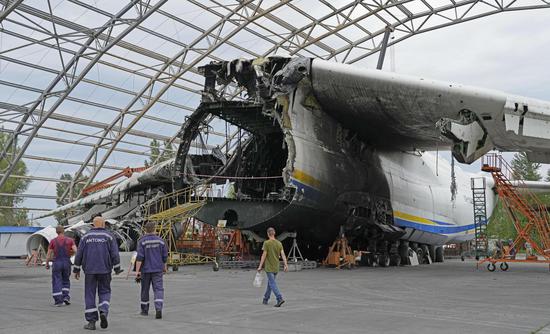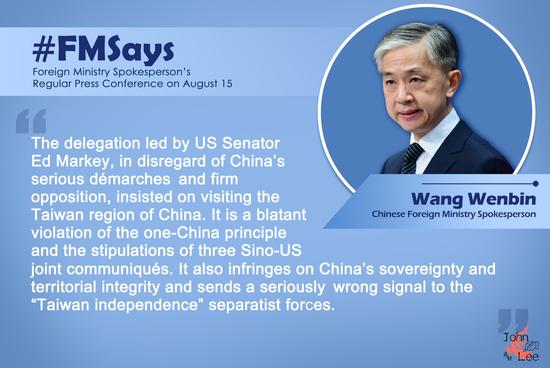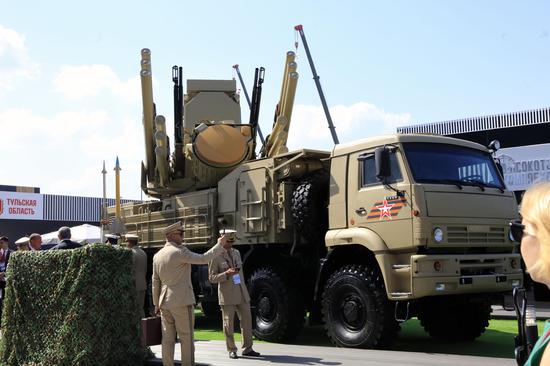
A view of Lin-gang Special Area of China (Shanghai) Pilot Free Trade Zone. (Photo by LIU GUOXING/FOR CHINA DAILY)
The friendly business environment featuring a higher level of opening-up has been nurtured in the Lin-gang Special Area since its launch three years ago, and efforts will continue to achieve more technological advances and systematic innovations in the area, officials and industry leaders said.
When Lin-gang celebrated its third anniversary on Saturday, 23 new measures were released to make the 119.5-square-kilometer area in eastern Shanghai "an independent and comprehensive hub" in China's coastal region.
The new measures highlight development of emerging industries, with high-end manufacturing, hydrogen power supply, chipmaking, biomedicine, artificial intelligence, cross-border data flow and bonded maintenance taking on special significance.
The measures are intended to give Lin-gang more autonomy so that it can engage in more reforms and pioneering attempts, said Hua Yuan, deputy secretary-general of the Shanghai municipal government. In this way, Lin-gang can better grow into the driver of Shanghai's economic development, he said.
Lin-gang has initially grown into a new engine of Shanghai's industrial development, with the substantial development in frontier industries such as integrated circuits and new energy vehicles, said Zhang Hongtao, chief engineer of the Shanghai Commission of Economy and Informatization.
While over 300 frontier industrial projects, with total investment of over 420 billion yuan ($62 billion), have landed in Lin-gang in the past three years, smart new energy vehicles, high-end equipment and integrated circuits should each see their industrial value exceed 100 billion yuan by the end of 2025. Lin-gang should be the home of at least 500 artificial intelligence companies by the end of 14th Five-Year Plan (2021-25) period, with their combined industrial value topping 50 billion yuan, Zhang said.
Wang Wenjia, engineering director at Tesla Asia Pacific, said that the company's Gigafactory in Lin-gang has best exemplified the ongoing reforms in China. More technological advances and optimization of production can be expected in the factory so that more parts will be produced in China and the new energy vehicle maker can better fit into the country's economic development.
A systematic opening-up procedure that features freedom of investment, trade, capital flow, transportation and employment and a convenient information connection has been built up in Lin-gang over the past three years, Chen Jinshan, director of Lin-gang Special Area Administration, said on Saturday.
All of the 78 missions assigned by the State Council three years ago in the framework development plan for Lin-gang have been achieved, said Chen. At least 87 systematic innovations have been shaped in the area, and 36 of these were being attempted for the first time in China.
Larger strides can be expected regarding cross-border finance, offshore trade and digital economy in the next few years making systematic innovations Lin-gang's greatest strength, Chen said.


















































 京公网安备 11010202009201号
京公网安备 11010202009201号